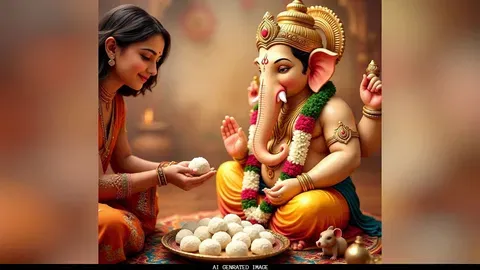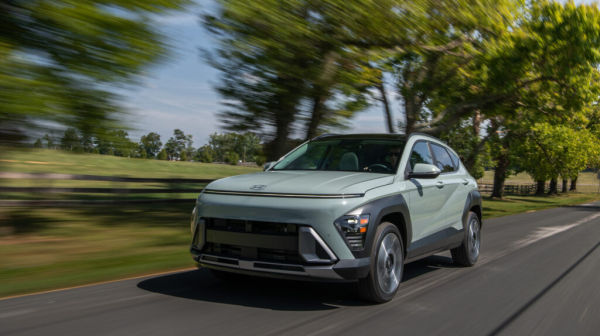During the pandemic, many people unearthed talents and passions that had been lying dormant in them for a long time. Prolonged isolation has a way of doing that. Confinement, it seems, declutters the mind. As days turned into weeks, and weeks into months, many took to writing fan fiction, or woodwork - all the things they had always dreamt of pursuing, which a regimented 9-to-5 schedule had turned into pipe dreams.
With WFH, office work could be done on a schedule of one's choosing, and what this enforced confinement taught many was that nobody ever owns your time - you merely share it with your employers and co-workers. Just as the copyright of a story or an essay always vests in the author, time, too, always belongs to the individual.
The isolation, compounded by the second wave of 2021, also brought one face-to-face with mortality. The random ferocity of death all around made clear to many - especially those middle-aged like me - that whatever frivolous or profound endeavour one had saved for a bucket list had to be done now.
So, while those blessed with a profound disposition began composing epic poems on their Kedarnath Yatra, I, shallow and materialistic to the core, started immersing myself in horology, the noble study of mechanical timekeeping devices. I ordered books and old catalogues on vintage hand-wound and mechanical watches, and began following fora like Hodinkee, along with watch gurus like Ben Clymer, Jack Foster, and Teddy Baldassare.
Soon I acquired a snobby disdain for quartz and smartwatches. I learned the difference between Swiss ETA and Sellita automatic movements. Between Citizen Miyota and Seiko NH35 movements. I learnt about straps: Rolex Oyster and Jubilee straps, beads of rice Doxa strap, Milanese suits straps and bracelets like American Speidel of the 1960s and 70s.
The bewildering array of watch styles was another revelation. Prominently, dress watches like the Cartier Tank, Patek Philippe Calatrava, and HMT Sona; dive watches like the Rolex Submariner, Blancpain Fifty Fathoms, and Vostok Scuba Dude; chronographs like Zenth El Primero and Omega Speedmaster; field watches like the Seiko Alpinist and Hamilton Khaki.
Some wits call the Alpinist the writer's watch, because it has a moral compass embedded in its face. Then there was something called the 'daily beater', which was the watch one wore the most, or every day. It was a given, if one believed the watch gurus, that a serious watch guy would at least have 5 different categories. So, the beater could be a Casio F91W that Osama bin Laden and Philip Roth wore, or an HMT Janata, with its humble 0231 movement, that Indira Gandhi wore.
Most Indians, when starting, have a daily beater in their collection. Often, a hand-me-down HMT Kohinoor (the best-looking Indian watch ever), or a Timex Expedition. Mine had been a Seiko Sportsmatic from the late-1960s. I wore that watch right through my school days and later kept it aside for a Casio digital.
It was that rectangular Sportsmatic that first set me off on my journey as a watch nut. Whenever I would publish a book, which would be at an average of 5 years, I would buy a watch to commemorate it. And then for the next 5 years, till I wrote another book, it would be my 'beater' watch.
I would spend only 5% of my advance on the watch. So, my watches were never high-end. A Titan chronograph here, a Citizen field watch with a canvas strap, or a Seiko 5 Pepsi there. Now that my first book for children is out, I am looking forward to the HMT Himalaya.
So, while all over rural Bihar, people are scrambling to show citizenship papers to BLOs, I have put my name down on the HMT website and uploaded my Aadhaar card. Like in the 1970s when one had to book one's HMT Kanchan 6 months before the marriage season, even today, you have to be on a waitlist for an HMT of your choice. It is a comfort how some things never change in India.
With WFH, office work could be done on a schedule of one's choosing, and what this enforced confinement taught many was that nobody ever owns your time - you merely share it with your employers and co-workers. Just as the copyright of a story or an essay always vests in the author, time, too, always belongs to the individual.
The isolation, compounded by the second wave of 2021, also brought one face-to-face with mortality. The random ferocity of death all around made clear to many - especially those middle-aged like me - that whatever frivolous or profound endeavour one had saved for a bucket list had to be done now.
So, while those blessed with a profound disposition began composing epic poems on their Kedarnath Yatra, I, shallow and materialistic to the core, started immersing myself in horology, the noble study of mechanical timekeeping devices. I ordered books and old catalogues on vintage hand-wound and mechanical watches, and began following fora like Hodinkee, along with watch gurus like Ben Clymer, Jack Foster, and Teddy Baldassare.
Soon I acquired a snobby disdain for quartz and smartwatches. I learned the difference between Swiss ETA and Sellita automatic movements. Between Citizen Miyota and Seiko NH35 movements. I learnt about straps: Rolex Oyster and Jubilee straps, beads of rice Doxa strap, Milanese suits straps and bracelets like American Speidel of the 1960s and 70s.
The bewildering array of watch styles was another revelation. Prominently, dress watches like the Cartier Tank, Patek Philippe Calatrava, and HMT Sona; dive watches like the Rolex Submariner, Blancpain Fifty Fathoms, and Vostok Scuba Dude; chronographs like Zenth El Primero and Omega Speedmaster; field watches like the Seiko Alpinist and Hamilton Khaki.
Some wits call the Alpinist the writer's watch, because it has a moral compass embedded in its face. Then there was something called the 'daily beater', which was the watch one wore the most, or every day. It was a given, if one believed the watch gurus, that a serious watch guy would at least have 5 different categories. So, the beater could be a Casio F91W that Osama bin Laden and Philip Roth wore, or an HMT Janata, with its humble 0231 movement, that Indira Gandhi wore.
Most Indians, when starting, have a daily beater in their collection. Often, a hand-me-down HMT Kohinoor (the best-looking Indian watch ever), or a Timex Expedition. Mine had been a Seiko Sportsmatic from the late-1960s. I wore that watch right through my school days and later kept it aside for a Casio digital.
It was that rectangular Sportsmatic that first set me off on my journey as a watch nut. Whenever I would publish a book, which would be at an average of 5 years, I would buy a watch to commemorate it. And then for the next 5 years, till I wrote another book, it would be my 'beater' watch.
I would spend only 5% of my advance on the watch. So, my watches were never high-end. A Titan chronograph here, a Citizen field watch with a canvas strap, or a Seiko 5 Pepsi there. Now that my first book for children is out, I am looking forward to the HMT Himalaya.
So, while all over rural Bihar, people are scrambling to show citizenship papers to BLOs, I have put my name down on the HMT website and uploaded my Aadhaar card. Like in the 1970s when one had to book one's HMT Kanchan 6 months before the marriage season, even today, you have to be on a waitlist for an HMT of your choice. It is a comfort how some things never change in India.
(Disclaimer: The opinions expressed in this column are that of the writer. The facts and opinions expressed here do not reflect the views of www.economictimes.com.)









Siddharth Chowdhury
Author of The Time of the Peacock